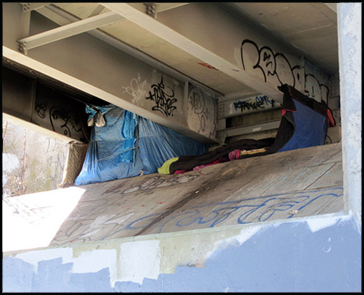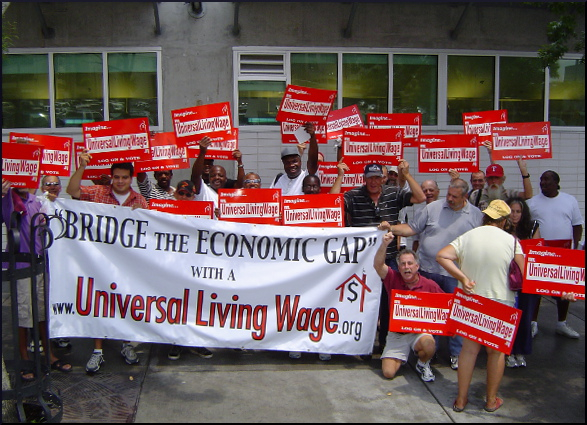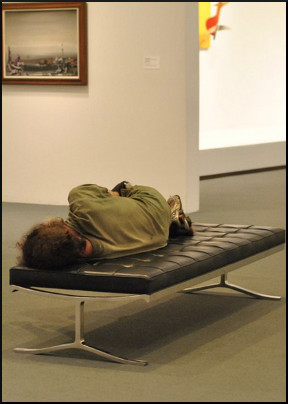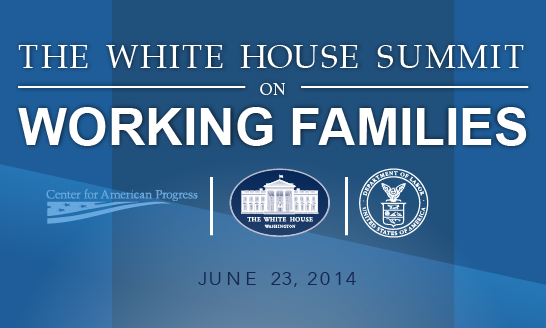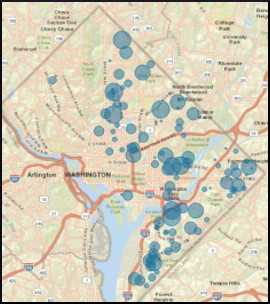
The Department of Housing and Urban Development gives the number of homeless youth in America as 46,000 on any given night, and in any given year, about 2 million youth experience homelessness for at least one night. The number of shelter beds available for this population is under 4,200. In other words, if you’re a homeless teen, your odds of finding a place to sleep are less than 1 in 10.
To break it down by age group, there are more than 6,000 homeless teenagers under 18, and about 60% of them are unsheltered. In the youth demographic of 18-24, there are more than 40,000, and about half of them are unsheltered. The system deals with two different kinds of kids — those still with parents and those on their own. Even with better funding for school districts to hire homeless liaison personnel, there is no way to know how many youth fly under the radar, uncounted.
What happens?
Most of these kids come from poverty, and they can be wary and hard to reach. Some are on the loose because their parents are in the penal system. Some have had negative experiences with mental health providers whose only tool was medication that worsened rather than helped their conditions. A lot of kids are ejected from their families, and many leave voluntarily to escape flagrant neglect, violence, sexual exploitation, or other untenable situations.
Imagine a family so dysfunctional that a 16-year-old girl asks the authorities to put her in a foster home or institution. That’s what Kathy Long’s twin sister did. Kathy had gone to visit friends for part of a summer, people she used to babysit for who had moved out of state. While she was gone, her parents ran away from home. Returning to an empty house and no forwarding address, she asked a schoolmate’s parents to rent her a room, worked part-time to pay for it, and finished high school. She went on to become a mixed martial arts fighter and five-time world kickboxing champion, and her story is definitely worth hearing. But not every abandoned teenager has Kathy Long’s gumption.
As House the Homeless has discussed, the challenges presented to former foster kids are daunting. Even worse, in a news story about California’s “hidden human disaster,” John Burton and Carol Liu observed that youth who never were in foster care fare much worse on their own. Older teens
who become homeless and have no prior child-welfare-system involvement have a very rough time. But today’s economy is cruel to most homeless teens, who find themselves increasingly pushed out of the job market and unable to reap the basic rewards of work:
Becoming gainfully employed helps homeless youth form their identities, connects them to conventional institutions such as employers and banks, provides income that could lead to self-sufficiency, and reduces their chances of engaging in risky behaviors such as panhandling and exchanging sex for money, shelter or food.
It is very easy to criticize people for not working, especially when, despite scarce resources, agencies exist to offer help in finding employment. What prevents homeless youths from connecting with services like training, tutoring, and placement programs? What circumstances either encourage young people to use available services, or to avoid them?
In facilitating this type of connection, how much influence do friends and acquaintances exert? That is the specific question asked by Anamika Barman-Adhikari and Eric Rice, whose findings will be published in the August issue of the Journal of Evaluation and Program Planning, under the title “Social Networks as the Context for Understanding Employment Services Utilization Among Homeless Youth.”
The researchers surveyed 138 Los Angeles homeless youth between the ages of 15 and 21. Slightly more than half of the subjects were literally homeless; slightly less than half were “couch surfing.” The researchers took a keen interest in how the presence of a support system affects a youth’s motivation toward employment. They differentiated carefully between human sources of support (street peers or other friends/family) and types of support (material or emotional).
The knee-jerk reaction would be to assume that kids who are given some degree of help, even if it is partial and sporadic, are less zealous in their search for employment. What Barman-Adhikari and Rice learned is counterintuitive, intriguing, and too multi-faceted to summarize here, so please see their full report.
Reactions?
Source: “Study: More Resources, Smartly Used, Needed for Youth Who Are Homeless,” PSCHousing.org, 04/15/14
Source: “Eddie Bravo Radio – Episode 39 – Kathy Long (11/24/2013),” YouTube.com
Source: “Opinion: California is failing homeless youths,” MercuryNews.com, 01/24/11
Source: “Primary Sources: How ‘Social Networks’ Affect Homeless Youths,” HHS.gov, 07/16/14
Image by Surian Soosay

